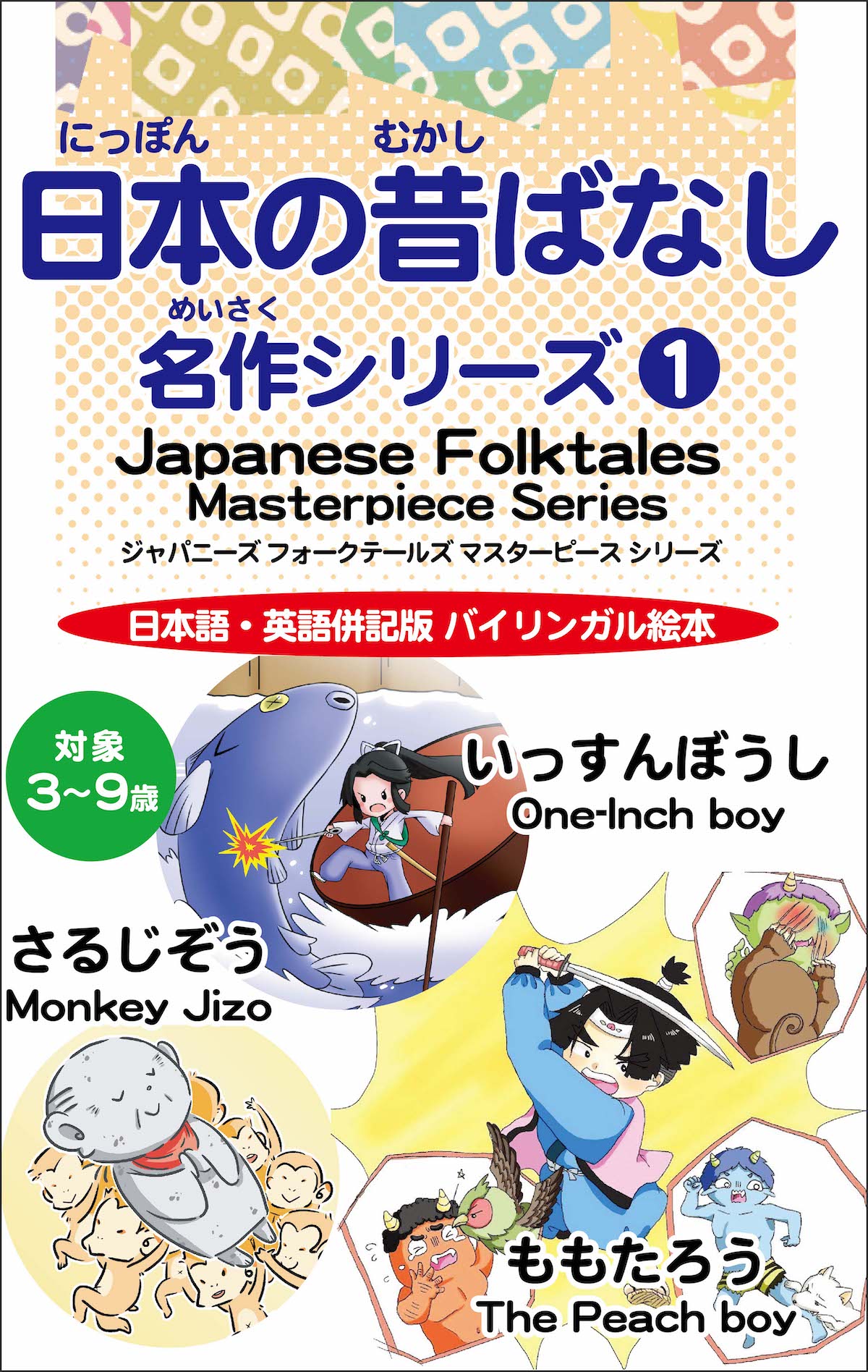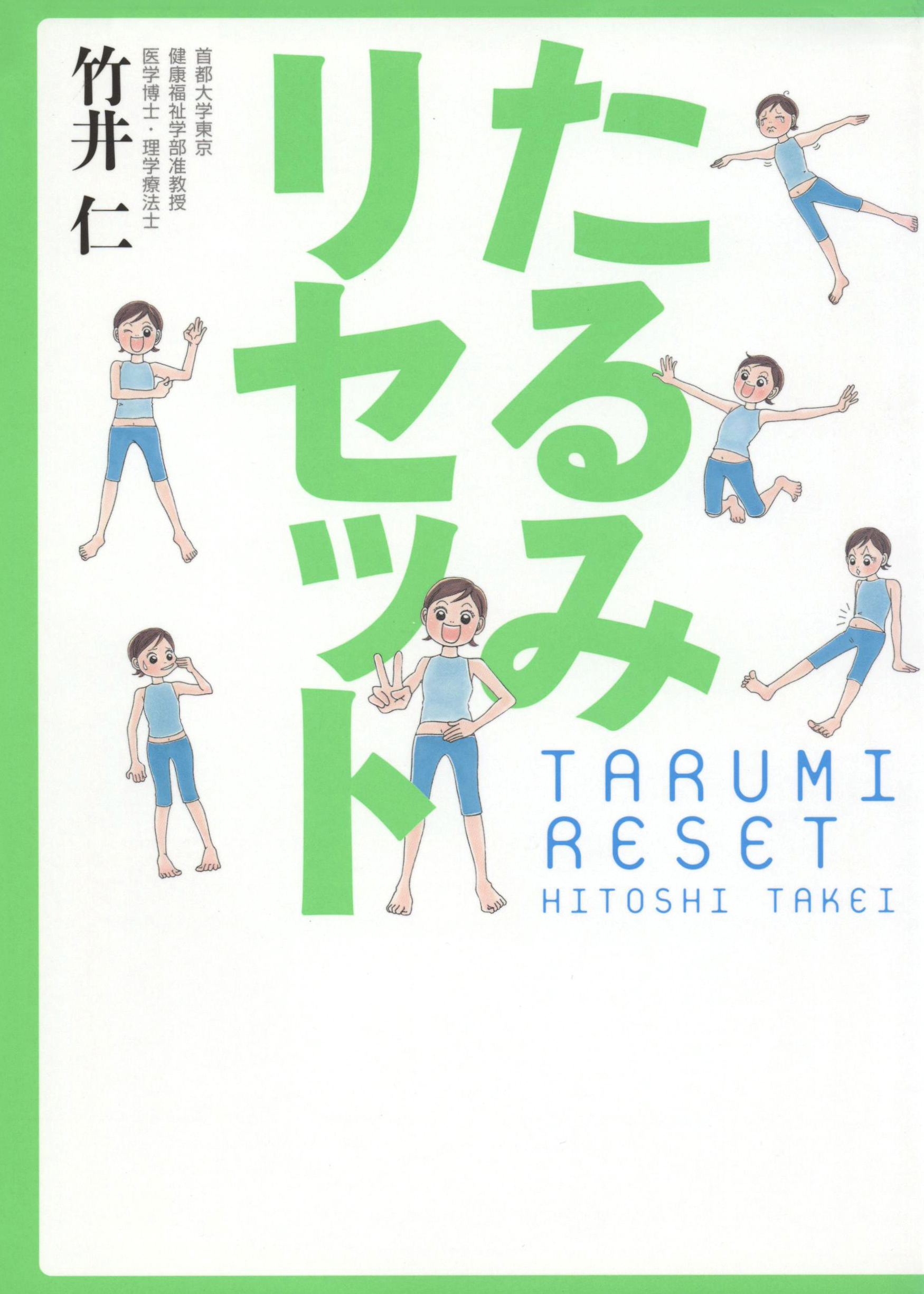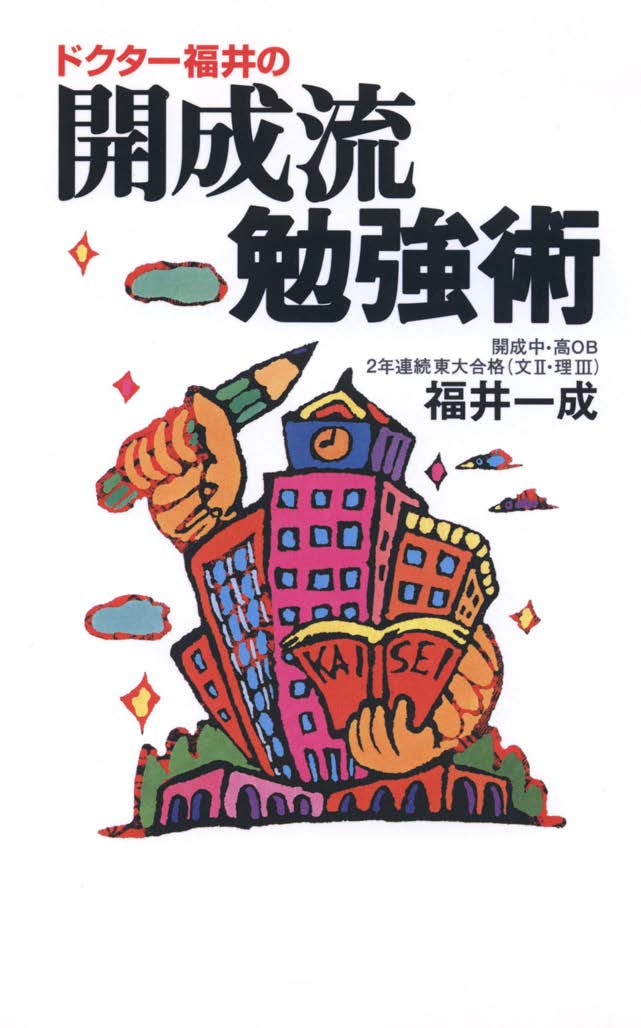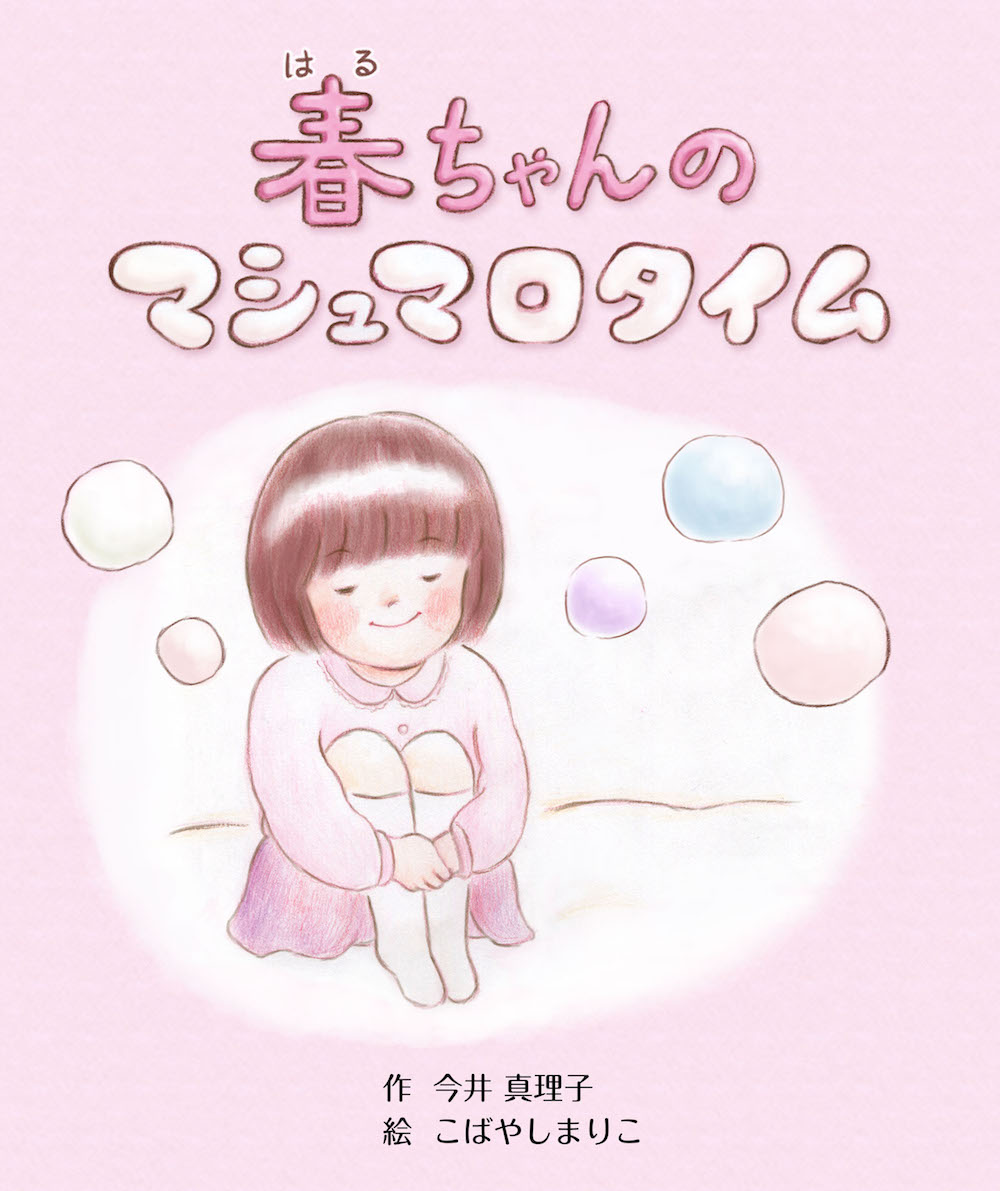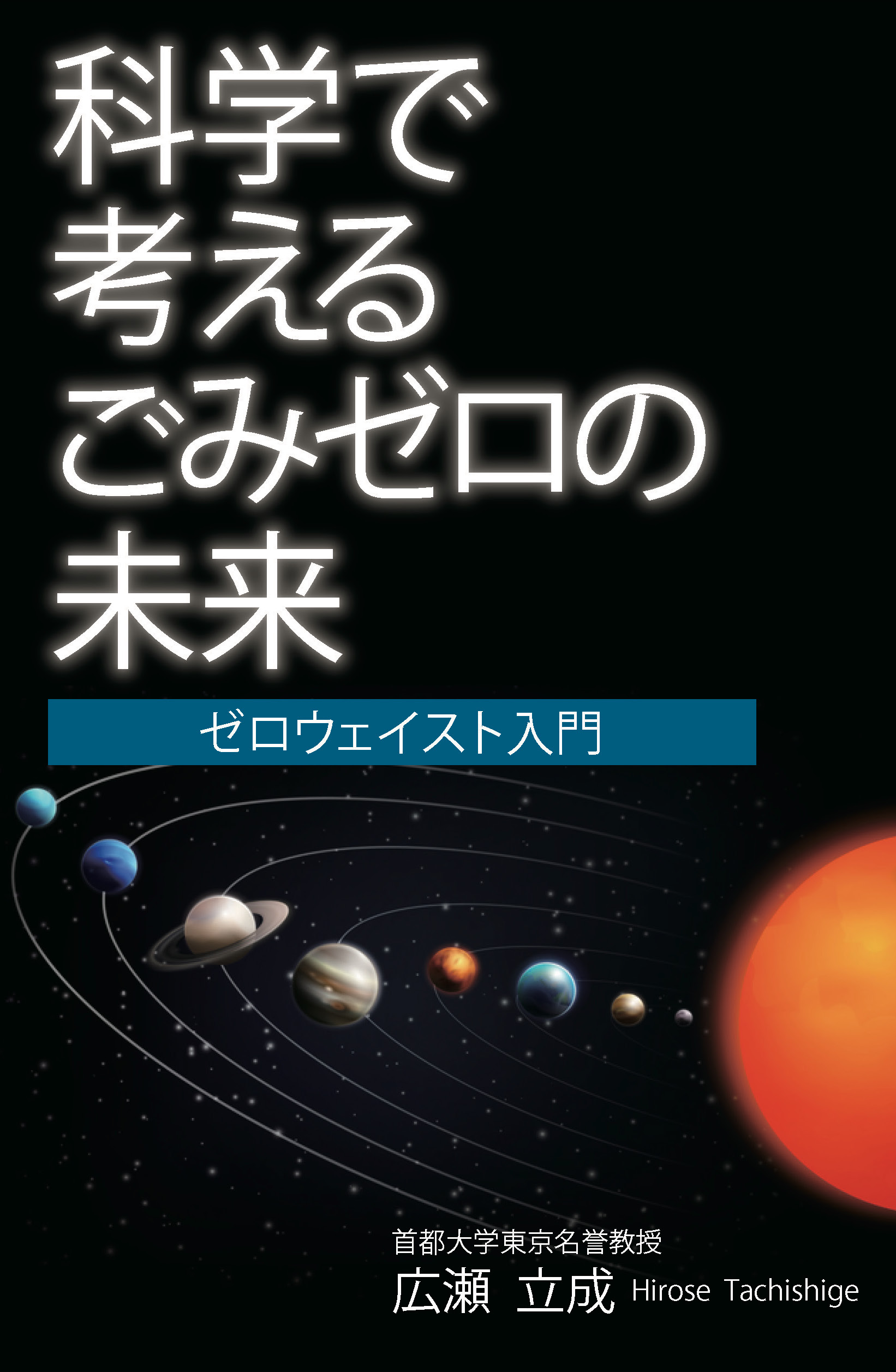現代文化のルーツを探る⑫ 懐石料理
公開日:
:
現代文化のルーツ
皆さんこんにちは。オモイカネブックスの岩瀬です。オモイカネブックスは、日本の文化や歴史などを本を通じて世界に発信する活動をしています。
みなさん日本料理というと何を思い浮かべますか?寿司?天ぷら?蕎麦?
日本料理の代表とも言えるのが「かいせき料理」ではないでしょうか。あ、「かいせき料理」って「懐石」と「会席」がありますよね。この違いって何でしょう?今日は、2つの「かいせき料理」のルーツと違いを探ってみたいと思います。
茶席で出された懐石料理
懐の石の方の「懐石料理」は、もともと茶の湯の世界で来客をもてなすための料理として誕生したとされています。茶席でお茶を出す前に出される簡単な食事の事をいうんですね。茶道の祖である千利休が安土・桃山時代に始めたといわれています。懐石料理は日本古来の一汁三菜(いちじゅうさんさい)という食法を基本にした料理でごはん、お吸い物、三品のおかず、香の物で構成されていました。三菜にあたるおかずは、なます、煮物、焼き物の3種を指します。
さてこの料理、なぜ「懐石」というのでしょうか?それはまさに懐に石を抱くところから来ているんですよ。もともと修行中の禅僧の食事は、午前中に一度だけと決められていました。そのため夜になるとお腹が空き、体温も下がります。そこで「温石(おんじゃく)」という石を懐に入れて、腹や胸を温めて空腹を凌いでいたのです。今で言うカイロのような役割ですね。茶道のお茶の前の簡単な料理が、この温石のように体を温めて空腹をやわらげるというところから、「懐石」と呼ぶようになったということなんですね。
懐石料理がどんな構成で、どういった順番で運ばれてくるのか、ご存知の方もいると思いますがチェックしておきましょう。まずは飯、汁、向付。いずれも少量です。飯はごはんもののことで、最初に運ばれてきます。ご飯が最初なんですね。ごはんはひと口程度の量で、よくきてくれたというもてなしの意味を込めて出すものです。汁は味噌汁が基本、そして向付はなますや刺身、酢の物など、季節に沿った食材が使われることが多いです。それから椀物、煮物、焼き物などが出されます。あとは預け鉢、吸物、八寸、湯桶、香の物などが出されるのが基本的な構成です。
また懐石料理には、おもてなしをする主人と、おもてなしを受ける客人があり、どちらにも作法が決められています。主人側は、温かい料理は温かく、冷たい料理は盛る器まで冷たくして客人に提供したり、四季折々の旬の素材だけで献立を作ったり、客人側は、刺身を食べる際にわさびを醤油に溶かないとか、串に刺さった料理は串を持って食べないなど、細かな決まりがあるんですね。もっと細かな作法が色々ありますので、興味あったら是非調べてみて下さいね。
お酒を楽しむ会席料理
次に同じ「かいせき」でも会う席の方の「会席料理」について。
「会席」という言葉は江戸時代の献立の中に登場し、日常の食事とは違う贅沢な会食のための料理という意味です。会席料理は、宴席でもてなされる料理のことを指します。懐石料理と同じく一汁三菜を基本としていますが、飯と汁は食事の最後に提供されます。また、懐石料理はお茶を嗜む前の食事であるのに対して、会席料理はお酒を楽しむ為の食事。お酒を楽しむものなので、細かい作法や決まりごとはありません。現在私たちが日本料理店や旅館、宴会場などで目にする料理は「会席料理」の方なんですね。
源流となった本膳料理
「懐石料理」も「会席料理」も、実は「本膳料理」というものが大元になっています。
本膳料理とは、武家が客をもてなすために1つ1つの膳に料理を乗せて出す料理形式のことで、室町時代に成立しました。時代劇などで一人一人がお膳に乗った料理を食べているシーンを見たことがありませんか?あれが本膳料理ですね。
こちらも細かなしきたりがあります。料理が出る前にまず式三献(しきさんこん)という作法による儀式的な酒宴があります。式三献は、年代や流派によって違いがありますが、例をあげると、一杯目の初献が雑煮、二献が饅頭、三献が吸い物といった肴で杯をあけます。現在の三々九度がこのときの名残だといわれていますね。式三献という酒の部が終わると料理が出てきます。
本膳料理の基本も一汁三菜です。ただし、宴席の規模によっては、本膳のみから二の膳、三の膳と膳の数が増え、それに伴って料理の数も二汁五菜、三汁七菜と増えていきます。「同じ皿の料理を食べ続けない」「三汁七菜の場合、与(四)の膳の焼き物と五の膳の引き物は食べずに折り詰めにして持ち帰る」などの作法も決まりがありました。
日本料理は、長い歴史の中で時代にあった変化を遂げながら現在の形になったのですね。日本料理はとても奥が深いものですね。
Hello everyone. This is Iwase from Omoikane Books. Omoikane Books is an organization that promotes Japanese culture and history to the world through books.
When you think of Japanese cuisine, what comes to mind? Sushi? Tempura? Soba?
I think “Kaiseki ryori” is the representative of Japanese cuisine. Oh, there are two types of kaiseki cuisine: kaiseki and kaiseki. What is the difference between the two? Today, I’d like to explore the roots and differences between the two types of kaiseki ryori.
Kaiseki cuisine served at a tea ceremony
Kaiseki-ryori, or kaiseki, is said to have originally been created as a dish to entertain guests in the world of the tea ceremony. It refers to a simple meal served before tea is served at a tea ceremony. It is said that Sen no Rikyu, the founder of the tea ceremony, started it in the Azuchi-Momoyama period. Kaiseki-ryori is based on the ancient Japanese method of serving one soup and three vegetables, and consists of rice, soup, three side dishes, and pickles. The three side dishes are namasu, simmered vegetables, and grilled dishes.
Why is this dish called “Kaiseki”? It comes from the idea of holding a stone in your pocket. Originally, Zen monks in training were supposed to eat only once in the morning. This meant that at night they would be hungry and their body temperature would drop. To cope with this hunger, they would put a stone called “onjaku” in their pocket to warm up their stomach and chest. This is similar to what we call a body warmer today. A simple dish before tea in the tea ceremony was called “kaiseki” because it warmed the body and relieved hunger, just like this onseki.
I’m sure some of you are familiar with what Kaiseki dishes consist of and in what order they are served, but let’s check it out. First, rice, soup, and mukozuke. All of them are served in small quantities. The rice is the first thing to be served. So the rice comes first. Rice is served in small portions as a sign of hospitality. Miso soup is the basic soup, and mukozuke is usually made with seasonal ingredients such as namasu, sashimi, and vinegared dishes. Then, bowls, simmered dishes, and grilled dishes are served. After that, the basic composition of the dish is as follows: deposited bowl, soup, appetizer, hot water container, and pickles.
In kaiseki ryori, there are two parties, the host and the guest, and both have their own set of manners. For the host, hot dishes are served warm and cold dishes are served cold, and the menu is prepared using only seasonal ingredients. For the guest, there are detailed rules such as not dissolving wasabi in soy sauce when eating sashimi, and not eating food on skewers. There are many more detailed manners, so if you are interested, please check them out.
Kaiseki cuisine for enjoying sake
Next, I’d like to talk about kaiseki ryori, which is the same as kaiseki, but for those who meet in person.
The word “Kaiseki” appears in the menu of the Edo period, and it means a luxurious meal that is different from everyday meals. Kaiseki ryori refers to the food served at a banquet. Like kaiseki ryori, kaiseki ryori is based on one soup and three vegetables, but rice and soup are served at the end of the meal. Also, kaiseki ryori is a meal to be enjoyed before tea ceremony, while kaiseki ryori is a meal to be enjoyed with sake. Since it is for enjoying sake, there are no detailed manners or rules. The cuisine we see in Japanese restaurants, inns, and banquet halls today is kaiseki ryori.
The origin of honzen ryori
Kaiseki ryori” and “kaiseki ryori” are both based on “honzen ryori”.
Honsenryori is a style of cooking in which dishes are served on individual serving dishes to entertain guests, and was established in the Muromachi period (1336-1573). Have you ever seen a scene in a period drama where each person is eating a dish on a set? That is honzen ryori.
There is a detailed tradition here as well. Before the food is served, there is a ritualistic feast called shiki-sanken. For example, the first cup of sake is served with zoni, the second cup with manju, and the third cup with soup. It is said that this is the remnant of the current “San-sankudo”. After the sake portion of the ceremony is over, the dishes are served.
The basis of honsen ryori is also one soup and three dishes. However, depending on the scale of the banquet, the number of dishes increases from only the main set to the second and third sets, and the number of dishes increases accordingly to two, five, and seven dishes. There were also rules of etiquette, such as “Do not keep eating the same dish on the same plate,” and “In the case of three kinds of soup and seven kinds of vegetables, do not eat the grilled dishes at the fourth set and the dishes at the fifth set, but take them home folded.
Throughout its long history, Japanese cuisine has undergone changes to meet the needs of the times and become what it is today. Japanese cuisine is very profound, isn’t it?
関連記事
-

-
現代文化のルーツを探る⑦ カレー
2021/01/30 |
皆さんこんにちは、オモイカネブックスの岩瀬です。 オモイカネブックスは、日本の文化や歴史、習慣など...
-

-
現代文化のルーツを探る㊻ 花火
2021/08/26 |
夏の風物詩と言えば花火ですね。 今年はコロナ禍の影響もあり、各地の花火大会が中止となってしまいまし...
-

-
現代文化のルーツを探る㉖ 梅干し
2021/04/09 |
日中は陽射しが温かくなりましたね。 うちでは昨日から娘が高校に通い始め、お弁当生活がスタートしまし...
-

-
現代文化のルーツを探る㊼ 夏祭り
2021/08/27 |
残暑が厳しい毎日ですね。 こう暑いとかき氷など食べたくなりますが、今年は各地で夏祭りが中止になり、...
- PREV
- 現代文化のルーツを探る⑪ 天ぷら
- NEXT
- 現代文化のルーツを探る⑬ ひな祭り









